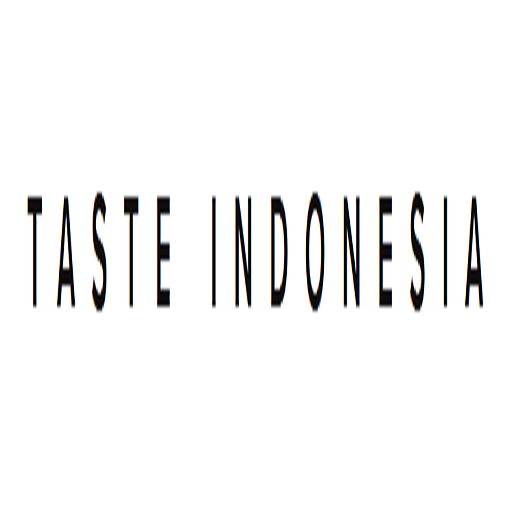Beef rendang recipe
BY: Chef Wiliam Wongso via Culinary Institute of America YouTube
At the Kamandalu Resort and Spa in Ubud, Bali, William Wongso shows Steve Jilleba, Corporate Executive Chef of Unilever Foods Solutions, how to make a classic Beef Rendang. - John Barkley.
Rendang is a spicy meat dish which originated from the Minangkabau ethnic group of Indonesia and is now commonly served across the country. One of the characteristic foods of Minangkabau culture, it is served at ceremonial occasions and to honor guests. Rendang is also served among the Malay community in Malaysia, Singapore, Brunei and among the Bangsamoro peoples of the southern Philippines. Rendang is traditionally prepared by the Minangkabau community during festive occasions such as traditional ceremonies, wedding feasts and Hari Raya (Eid al-Fitr). Although culinary experts often describe rendang as a curry, rendang is usually not considered as such in Indonesia since it is richer and contains less liquid than is normal for Indonesian curries. In 2011 an online poll of 35,000 people by CNN International chose rendang as the number one dish of their "World's 50 Most Delicious Foods (Readers' Pick) list.
Composition and Cooking Method
The cooking technique flourished because of its role in preserving meat in a tropical climate. Prior to technology, this style of cooking enabled preservation of the large amount of meat. Rendang is rich in spices. Along with the main meat ingredient, rendang uses coconut milk (Minangkabau: karambia) and a paste of mixed ground spices, including ginger, galangal, turmeric leaves, lemongrass, garlic, shallots, chillis, and other spices. This spice mixture is called pemasak in Minangkabau. The spices, garlic, shallot, ginger, and galangal used in rendang have antimicrobial properties and serve as natural organic preservatives. If cooked properly, dry rendang can last for as long as four weeks.
Traditionally the term rendang in Minangkabau language does not refer to a certain type of dish. The verb merendang actually refers to a method of slow cooking; continuously churning the ingredients in a pot or frying pan, on a small fire, until all of the liquids evaporate and the meat is well done. Traditional Padang rendang takes hours to cook. Cooking rendang involves pounding and grinding ingredients as well as slow cooking, and so is time-consuming and requires patience. The meat pieces are slowly cooked in coconut milk and spices until almost all the liquid is gone, allowing the meat to absorb the condiments. The cooking process changes from boiling to frying as the liquid evaporates. The slow cooking process allows the meat to absorb all the spices and become tender. Cooking the meat until tender with almost all the liquid evaporated requires great care, keeping it from not getting burnt. Because of its generous use of numerous spices, rendang is known for having a complex and unique taste.
Rendang is often served with steamed rice, ketupat (a compressed rice cake) or lemang (glutinous rice cooked in bamboo tubes), accompanied with vegetable side dishes such as boiled cassava leaf, cubadak (young jackfruit gulai), cabbage gulai and lado (red or green chilli pepper sambal).
